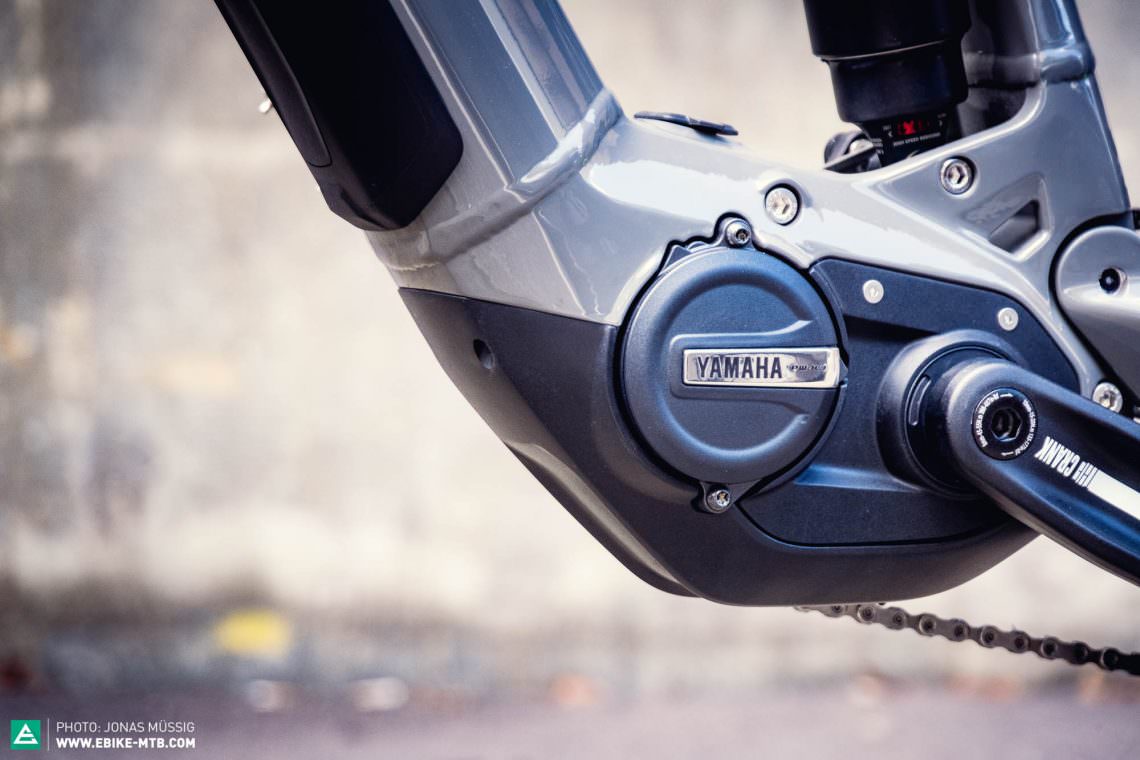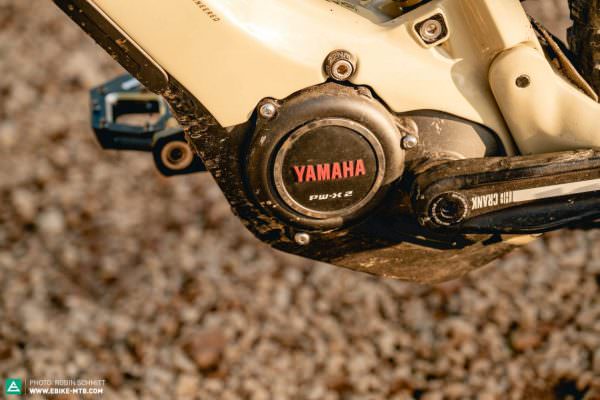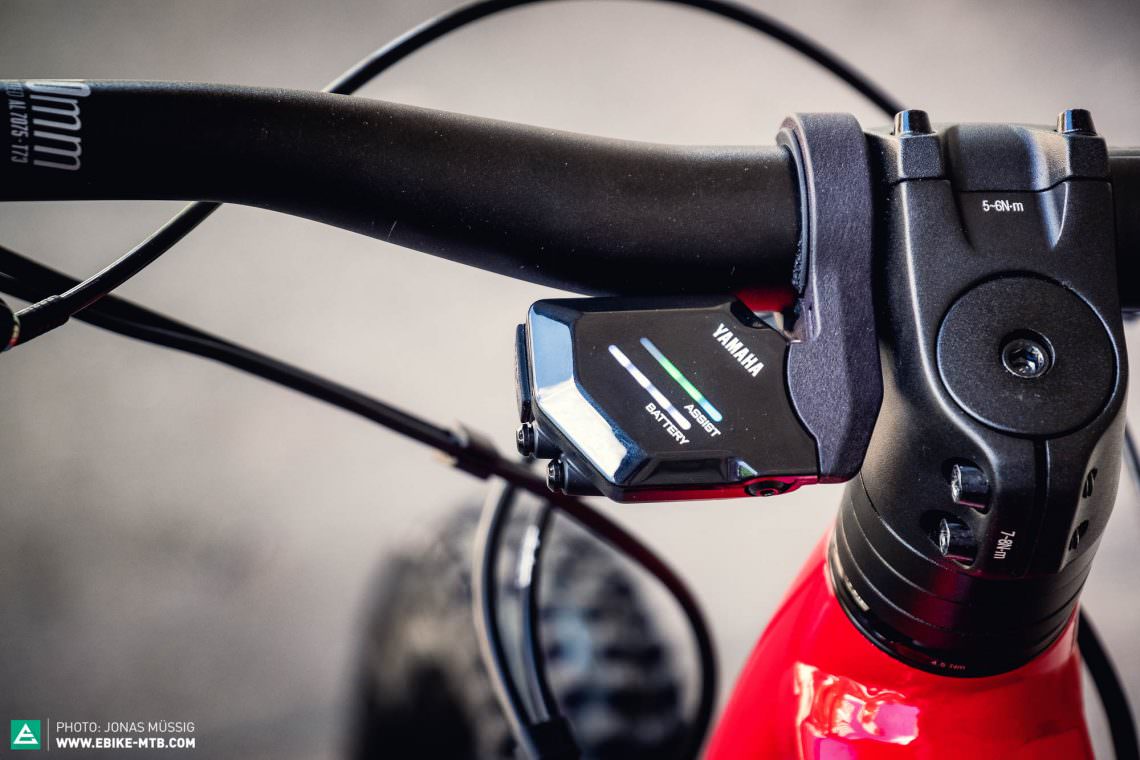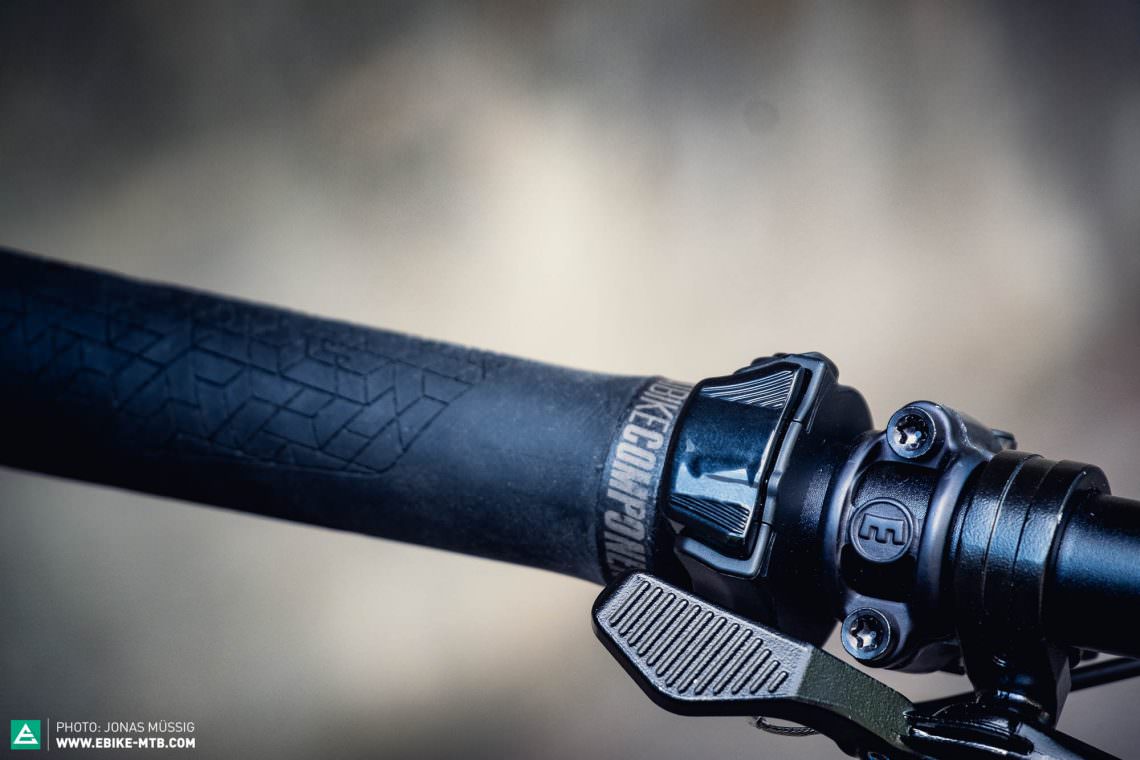Finally, it’s here! Since the PW-X2 was just a refinement of Yamaha’s first eMTB motor, the all new PW-X3 has been hotly anticipated. It’s been designed from the ground up, including a new battery, display and remote. What can Yamaha’s new 2022 ebike motor do that its predecessor couldn’t and which type of bikes can we expect to come from it?

The heart of the new Yamaha PW-X3 system is the all-new motor, which has undergone some major changes compared to its predecessor, the PW-X2. And that’s a good thing, because the bulky PW-X2 motor restricted ebike designers in terms of frame geometry and suspension kinematics, ultimately compromising the bikes’ handling. The new PW-X3 isn’t just significantly more compact, but – going by the manufacturer’s specs – it’s also 300 g lighter. Despite this, Yamaha have managed to increase the torque output of the new motor by 5 Nm, so that the PW-X3 can now generate 85 Nm torque, putting it on a level playing field with the Bosch Performance Line CX and the Shimano EP8 motor. Unlike Shimano, Yamaha rely on a completely new frame interface for their latest generation motor. In addition to the new Haibike and revamped GIANT models, we’re sure that we will see many other new eMTBs based on the 2022 PW-X3 motor come to market in the next couple of weeks.


Unfortunately, we haven’t yet been able to test the new motor on the trails. However, Yamaha claim to have retained the vigour and powerful character of the PW-X2 in the even more powerful PW-X3. Thanks to the so-called Zero Cadence Technology, the new Yamaha motor should respond even more sensitively to rider input on the pedals and unleash its power without delay. The predecessor also reacted much faster than most other motors on the market, though it often provided unwanted and uncontrolled thrust, especially in the higher support modes. We’re curious to find out whether Yamaha have managed to make the latest generation of their motor more powerful and responsive yet also intuitive and easy to control.
Yamaha Interface X with a new display, new remote and improved connectivity
Up until now, Yamaha’s displays and connectivity features haven’t been able to meet our demands in terms of functionality and quality. For eMTBs, all they had to offer was the combination display A with integrated buttons. Although it is relatively compact, it can’t keep up with the feel and ergonomics of the competition. In the past, this led many bike manufacturers that rely on the Yamaha motor – GIANT in particular – to develop their own displays, remotes and connectivity solutions instead.
With the new Interface X, Haibike, one of the big players, have chosen to rely on the complete Yamaha cockpit system right off the bat. It consists of a compact remote and a minimalist LED display that indicates the support mode and battery level. This is perfectly sufficient for the purists who want to concentrate fully on the trail.


Those who have a less puristic approach and want to see their speed, range, cadence and other data while riding will initially be dependent on a third-party device for the display of the Yamaha PW-X3 system. Interface X supports selected devices from SIGMA, Garmin and Echowell. Since it relies on ANT+ connectivity, we’re confident that other manufacturers will soon jump on board and cater to the new Yamaha motor. However, we can’t recommend this setup with the options that are currently available, at least not in the combination with the SIGMA EOX View 1300. In addition to the PW-X3, the Interface X is backwards compatible with the older PW-X2 motor, which is why we’ve already had the opportunity to test this combination. The readability of the display is good even in direct sunlight, but the black and white colour scheme is no longer up to date in the age of 4K video streaming in the subway. The processing speed of the EOX View 1300 also leaves a lot to be desired. However, the higher-end SIGMA ROX GPS devices are compatible with the PW-X3 as well. We’re curious to see how Garmin, Echowell and possibly other manufacturers present the data from the Yamaha system. We will report back to you with a detailed review the moment we’ve had a chance to put it to the test.

The new Yamaha battery is smaller, fortunately
Yamaha are expanding their range of batteries with a small and lightweight external 400 Wh battery and it’s compatible with the new, performance oriented PW-X3 as well as their other motors. The External Crossover 400 has a claimed weight of 2.8 kg and can be fully charged in around 3.5 hours. According to Yamaha, it should perform best in urban settings or in bike rental fleets. However, in combination with the compact PW-X3 motor, we’re also excited about its potential for aggressive light eMTBs where the battery can quickly be swapped out, like the concept presented by the ROTWILD R.X375. While manufacturers such as Bosch don’t accommodate concepts like the Lapierre Overvolt GLP2 with their latest generation motors and batteries, Yamaha can offer bike manufacturers viable alternatives.
In addition to the new battery mentioned above, Yamaha have five other battery models on offer, of which the three 400 Wh, 500 Wh and 600 Wh internal models are particularly suitable for eMTBs.
Full freedom for bike manufacturers
Everything’s possible, but nothing’s mandatory! That is Yamaha’s motto, offering bike manufacturers a complete system from the motor to the battery and the display. But those who prefer to go with in-house solutions can combine them with the new PW-X3 motor, same as before. GIANT went to great lengths here and not only developed a new display and remote, integrated into the top tube of the 2022 Reign E+, but also tuned the software. Like Haibike’s new NDURO and AllMtn models, they rely on a huge 750 Wh battery integrated into the down tube.


Our first impression of the new Yamaha PW-X3 motor
With the new PW-X3 motor, Yamaha have developed an all-new unit that is said to be more powerful than its predecessor despite being more compact. Thanks to its integration and customisation options and the individually configurable components, we expect to see ebike manufacturers relying on the Yamaha system to offer both light eMTBs and powerhouses with huge batteries. We’ll give you an in-depth review as soon as we’ve had a chance to put the PW-X3 through its paces on the trails. .
For more info, visit yamaha-motor.com
Did you enjoy this article? If so, we would be stoked if you decide to support us with a monthly contribution. By becoming a supporter of E-MOUNTAINBIKE, you will help secure a sustainable future for high-quality cycling journalism. Click here to learn more.
Words: Photos: Jonas Müssig









